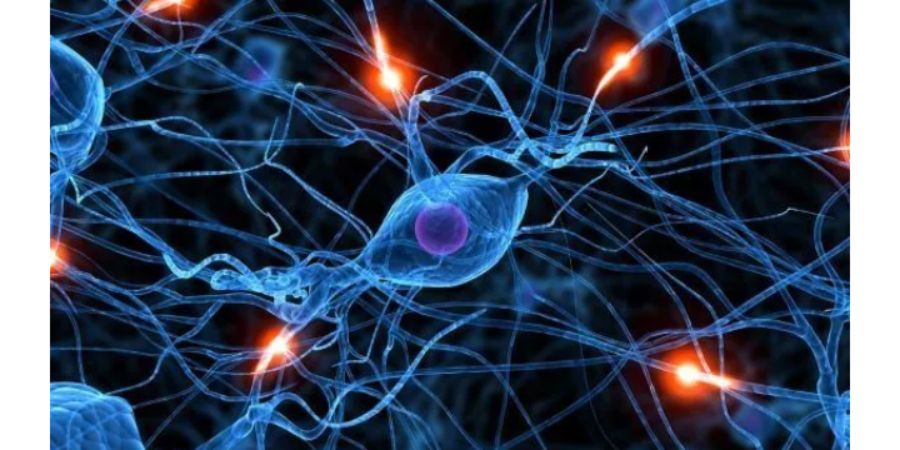

OBJECTIVES:
At the end of the class, student should be able to Identify Structure and functions of Neuron Explain different types of neuron Explain the formation & significance of myelination Describe Properties of nerve fibre Classify nerve fibres - Anatomical and physiological (Erlanger and gasser and numerical classification ) Identify different neuroglial cells with their function.
STRUCTURE OF NEURON:
Basic units of the nervous system Receive, integrate, and transmit information.
Myelinated nerve fibres:
Central core – axon Axon filled with axoplasm Devoid of myelin sheath – Nodes of Ranvier Nodes of Ranvier bears densely packed ion channels.
Structure of myelin sheath:
Membrane of schwann cell envelopes the axon. Layers of schwann cell contains “sphingomyelin” which is an excellent electrical insulator. Decreases the ion flow through the membrane about 5000-fold
Properties of nerve fibres:
Excitability All-or-none response Conductivity Refractory period Accommodation Infatiguability Summation
Excitability:
Response to a stimulus Stimulus may be chemical, mechanical, thermal or electrical. Response - The capability of generating an electrical impulses (action potential) Nerve impulse – propagated AP Excitable tissue (Nerve & Muscle) has two types of potentials (RMP & AP) Adequate strength & duration required
Strength duration curve
Rheobase – minimum intensity of stimulus Chronaxie – minimum duration (double the rheobase intensity to produce a response). Chronaxie is an index of the excitability of a tissue.
Conductivity
“The ability of propagating the electrical impulses/propagated AP/nerve impulses/ generated along the entire length of nerve fibers” Self-propagating process & the impulse moves at a constant amplitude. In a nerve fiber --Propagated in both directions In synapse – one way conduction
Bell-Megendie law: In a motor nerve – impulse travels towards the effector organ In a sensory nerve – impulse travels towards CNS Factors affecting Conduction: Nutrients, temperature, pH, etc; Mainly - myelination
Saltatory conduction in myelinated fibre
“Electrical current jumps from node to node. Action potential in myelinated fiber occurs only at the node Advantages: Velocity of transmission increases 5 to 50 folds Requires less energy for re-establishing the sodium & potassium concentration
Orthodromic conduction – impulses normally pass in one direction only (i.e) from synaptic junction or receptor along axon to their termination. Antidromic conduction – conduction in opposite direction. Thank you guys I expect this blog is help full to all for more blog support me .I thought to publish medical vlog you all respects and reading my blog thank you for reading.Micro organisms blog is useful for your research.






